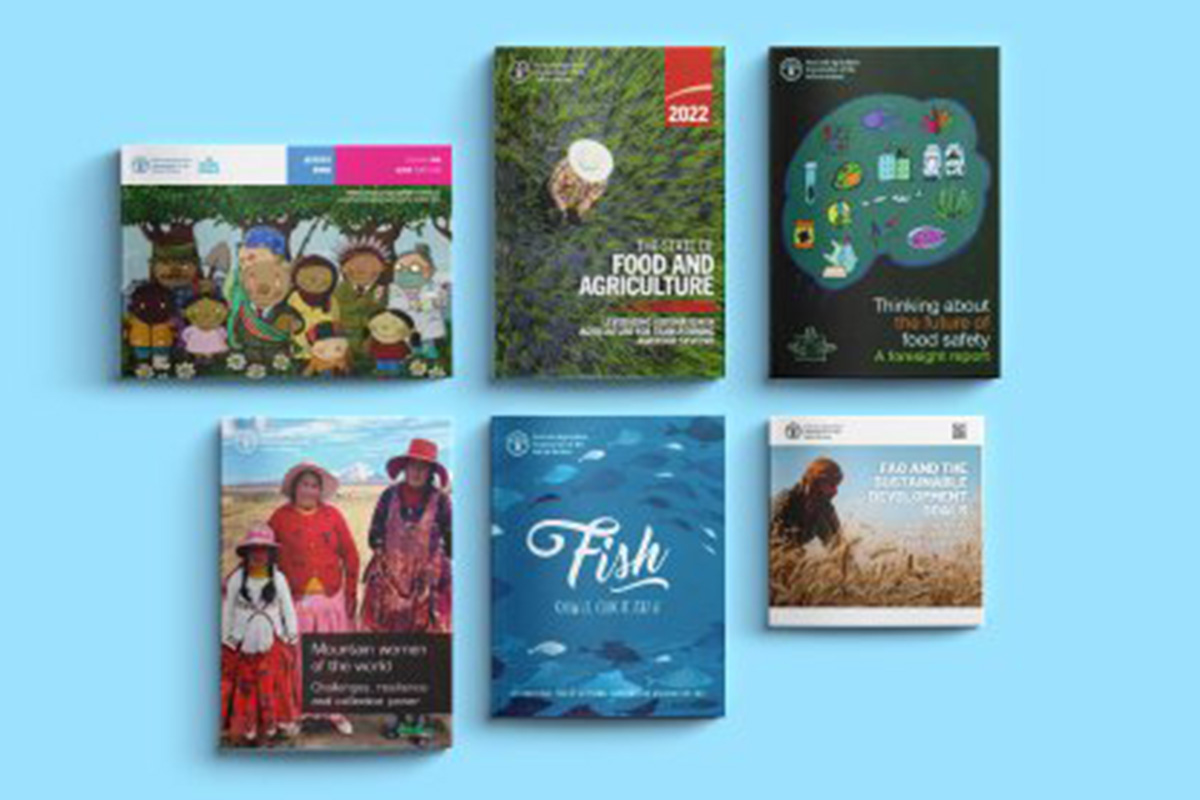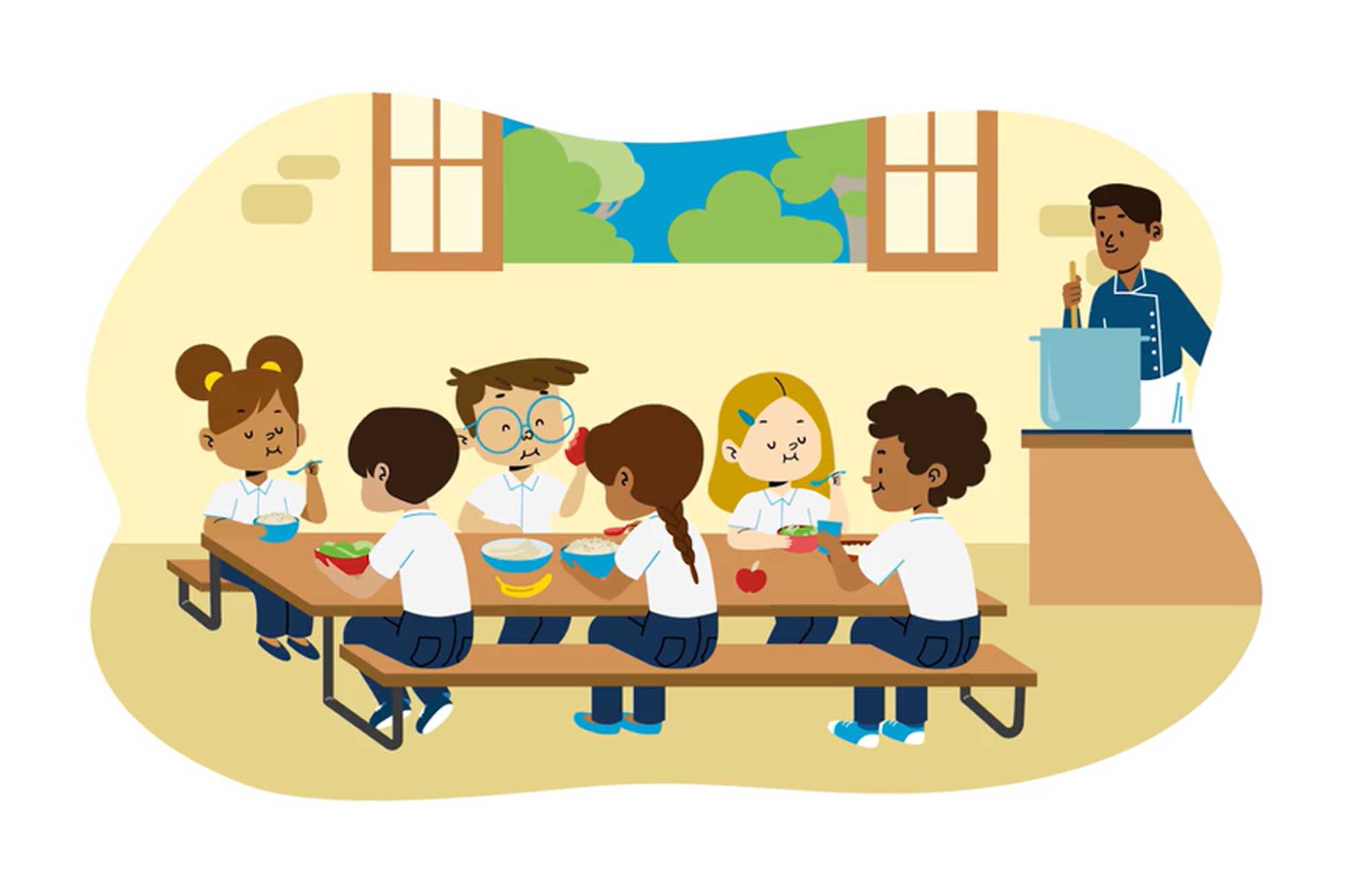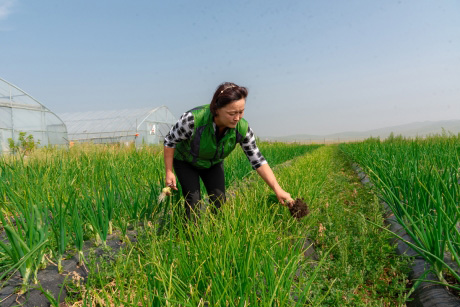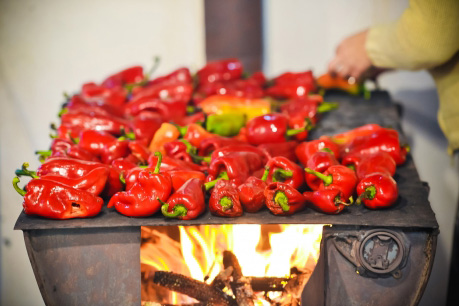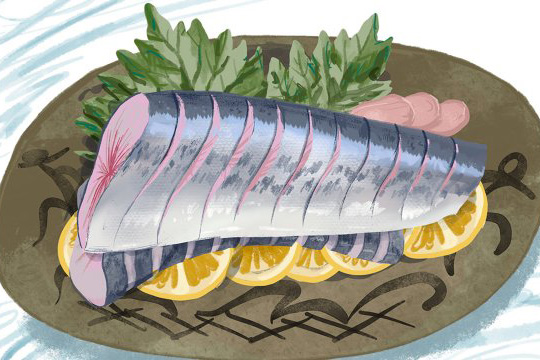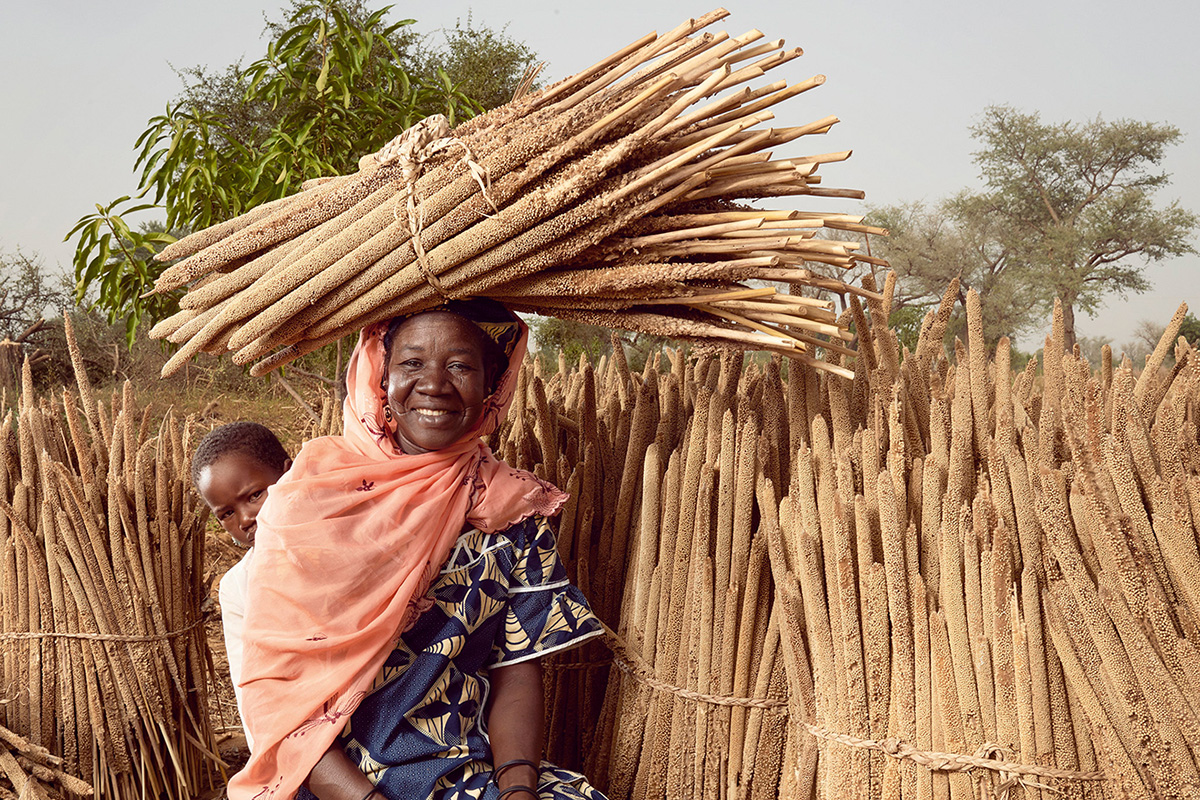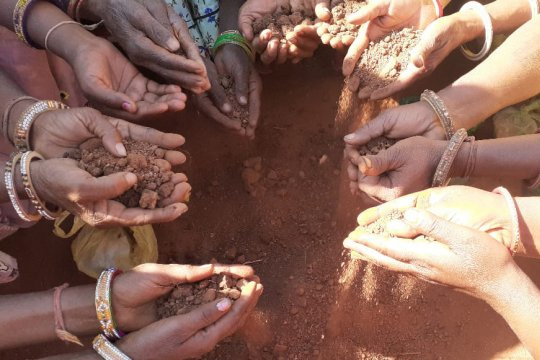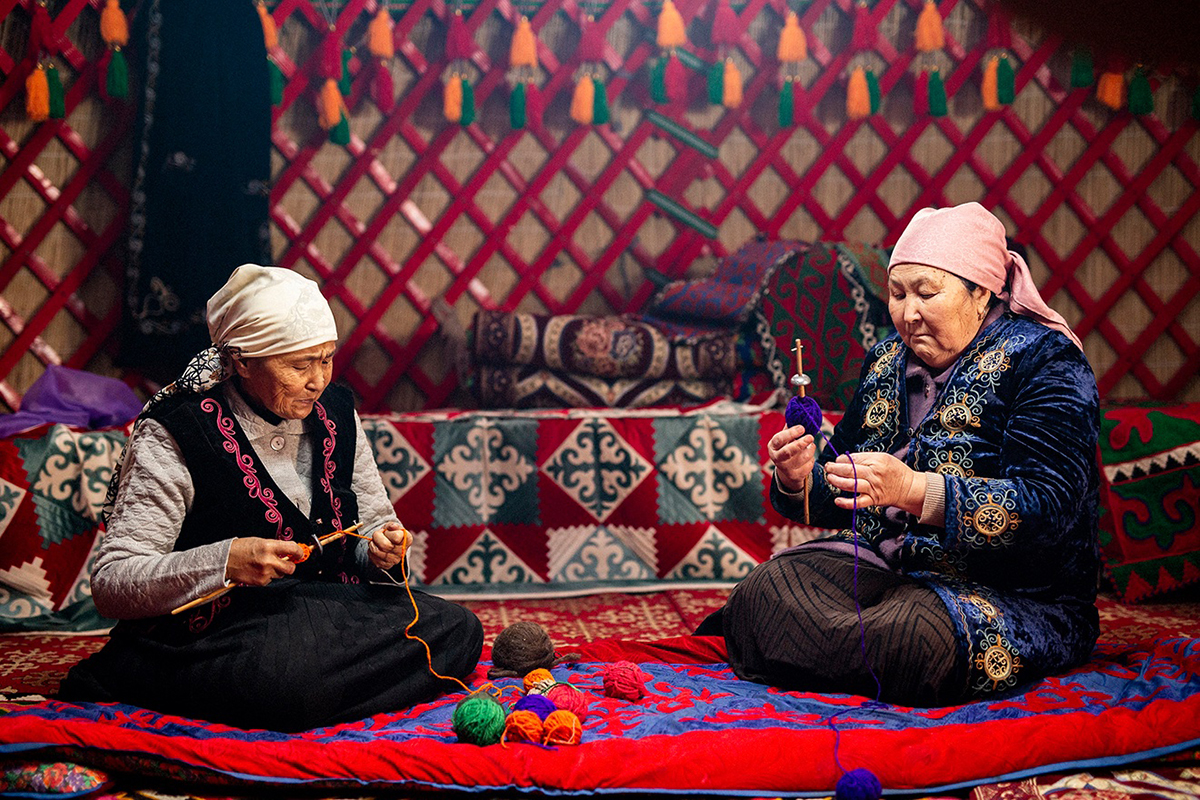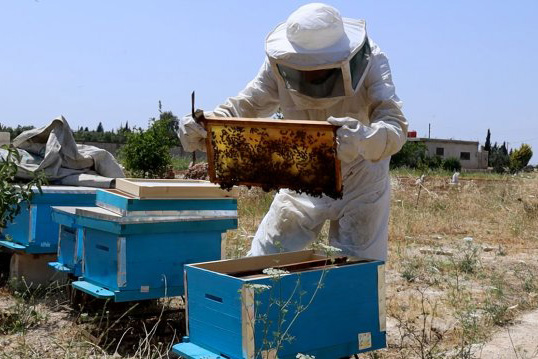Books have the capacity to conjure up new worlds and transport you to new places. This 2023, why not add reading to your list of goals? Here are six FAO highlights to help you get started.
FAO
Globally, 149 million children under the age of 5 are too small for their age, 40 million overweight, many millions suffering from key nutrient deficiencies. Healthy diets are essential. Make healthy eating a habit!
By mainstreaming the use of digital technologies in agriculture, FAO is helping to transform rural communities, particularly for youth and aspiring farmers, to diversify incomes and unlock on- and off-farm opportunities. Digital technologies can help increase the production of sufficient nutritious food for an ever-growing population, manage our limited natural resources and reduce poverty.
Mongolia’s extreme climate bring with it many challenges – and Lkhagva Yondon’s family struggled to be self-sufficient until she decided to seek some help to break the cycle through an FAO programme.
FAO presents fashion designer Stella Jean, who works with the women of Illiary Threads4Dreams to create her newest fashion collection from natural alpaca fleece.
Food safety regulations, drawn up with the support of FAO, aim at bringing time-hallowed gastronomy – such as ajvar a gastronomic favourite in Serbia - up to date with modern food safety knowhow.
Fish provides more than 4.5 billion people around the world with a critical share of their daily protein requirements. FAO’s Fish: Know it, cook it, eat it helps you know, cook and eat fish.
Millets can grow on arid lands with minimal inputs and are resilient to changes in climate. They are therefore an ideal solution towards self-sufficiency and to reduce reliance on imported cereal grains. The United Nations dedicates 2023 to greater efforts in producing millets given their nutritional properties and resilience in adapting to climate change. The International Year of Millets (#IYM2023) will also promote the sustainable production of millets, while highlighting their potential to provide new sustainable market opportunities for producers and consumers.
The holidays are a great time to celebrate and appreciate food. Yet, holidays can also bring over-eating and food waste. And food isn’t the only thing that is wasted when it goes uneaten: the money and labour that go into producing, harvesting, processing, transporting and preparing it are also wasted. Not to mention the pollution and greenhouse gases that are created for nothing. In 2019, FAO estimated that 14 percent of all food produced globally is lost, from post-harvest all the way up to but not including retail. Here are nine tips on how to avoid and reduce holiday food waste.
The equivalent of one soccer pitch of soil erodes every five seconds. Yet it takes 1 000 years to produce just a few centimetres of topsoil. Soil is the life support of our food and agriculture. We rely on soils for 95 percent of our food. Yet on this course, by 2050, 90 percent of all soils are set to be degraded. Change is needed to secure our ecosystems, climate and food security. FAO has been working for the past decade with countries and over 500 partners to address soil-related issues, positioning soil on the Global Agenda.
More than just a textile, cotton is a culture and a way of life for hundreds of millions of households worldwide. Cotton creates jobs and incomes for millions at the heart of the supply chain. 80% of cotton is used in the apparel sector, but all parts of the cotton plant can be used to produce food, feed, and energy. Cotton's diverse uses create high-value opportunities for smallholders, women, and young people - boosting livelihoods and contributing to food security. Watch the video to find out how FAO and its partners help the cotton industry to thrive.
Women play a key role in mountains' environmental protection and social and economic development. They are often the primary managers of mountain resources, guardians of biodiversity, keepers of traditional knowledge, custodians of local culture, and experts in traditional medicine. International Mountain Day 2022 (11 December) is an opportunity to promote gender equality and therefore contribute to improving social justice, livelihoods and resilience. Let’s make the whole world know that “Women move mountains”. Join the conversation on social media by using #MountainsMatter.
Maher Dallah is originally a woodworker, but he wasn’t a complete stranger to bees and hives. Before he went into the business, his grandfather taught him how to make traditional beehives from clay. Maher built on his carpentry skills with help from FAO’s programme entitled Nabta (the Arabic word for seedling. Through Nabta, FAO supports young people in their entrepreneurial initiatives in agriculture and agriculture-related sectors. Participants get general training on agriculture and business. Investing in youth is vital to ensure the future of Syria’s agricultural sector.
Carp was once the “King of Lake Shkodër”. Found in abundance in the largest inland body of water in the Balkan Peninsula, carp was a lifeline for fishers and their communities for generations. Lakeshore development, pollution, climate change and overfishing have taken a heavy toll on the lake’s biodiversity, including carp and other fish stocks, and that’s affected the lives and livelihoods of those who depend on them. Now around 420 fishers are taking part in an FAO initiative to improve sustainable fishing practices and rebuild breeding stocks by using aquaculture-based practices.
Have you ever wondered why some communities today constantly face extreme hunger? There’s a common saying that goes: “Give a person a fish and they will have dinner for the night but teach them to fish and they’ll never have to worry about food again”. It sounds easy enough, but what happens in the event of a disaster? What if the lake dries up? How do small-scale food producers survive emergencies? Watch this FAO video to find out.

